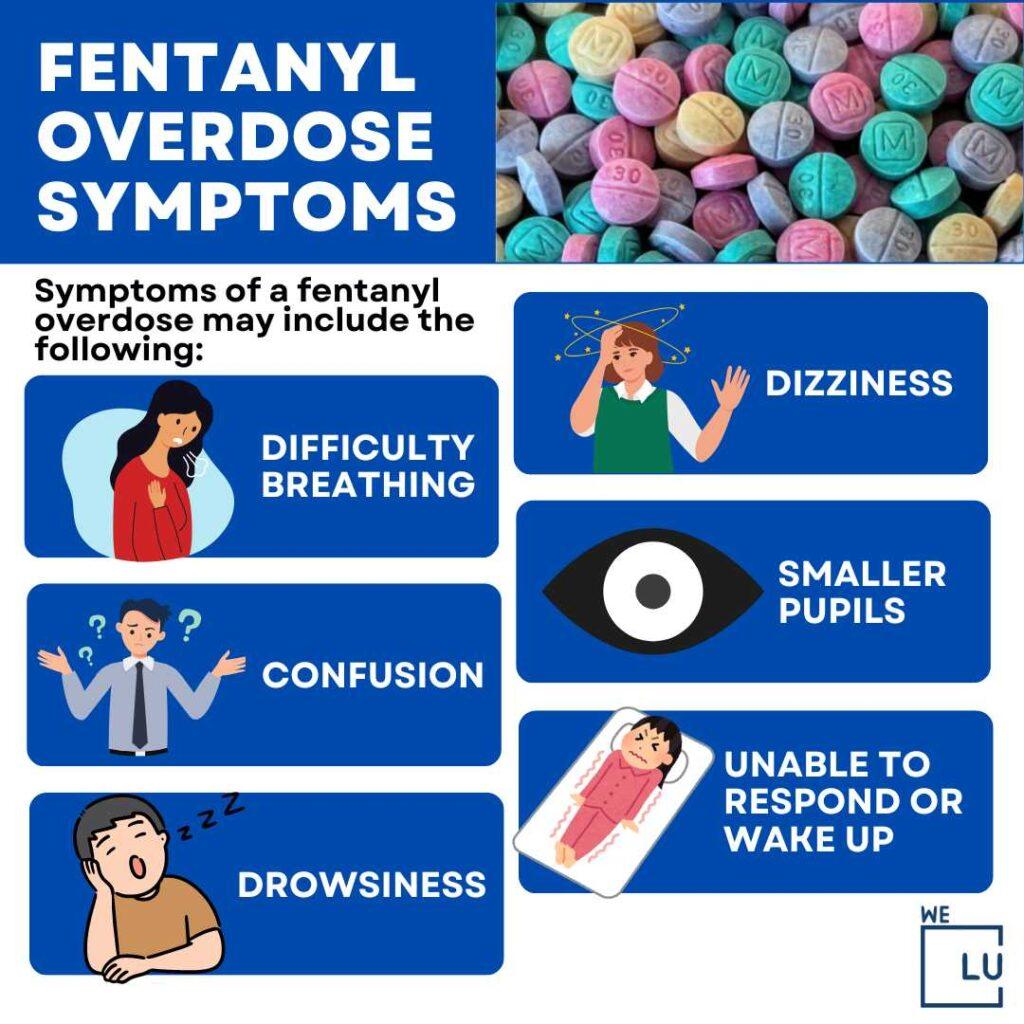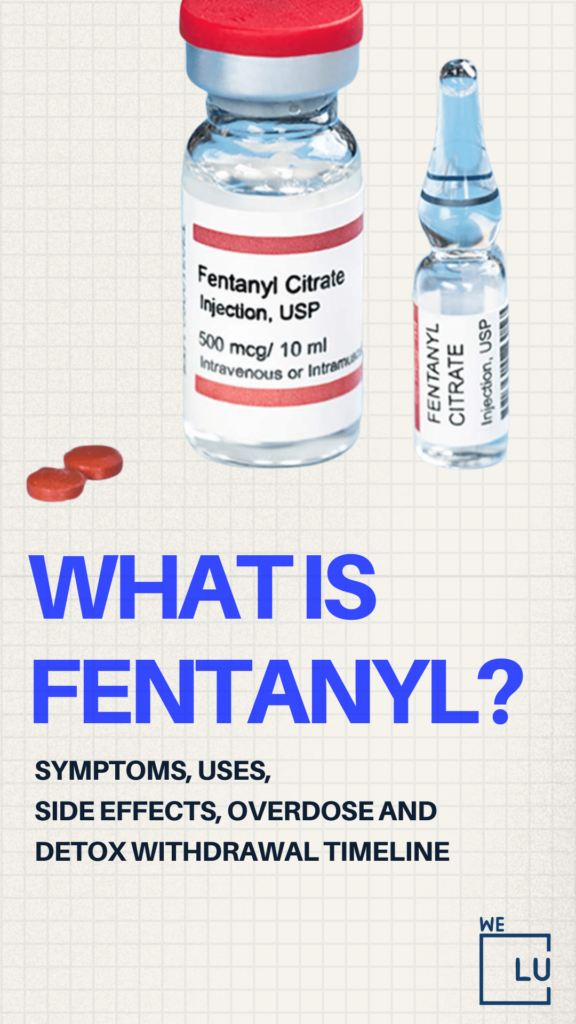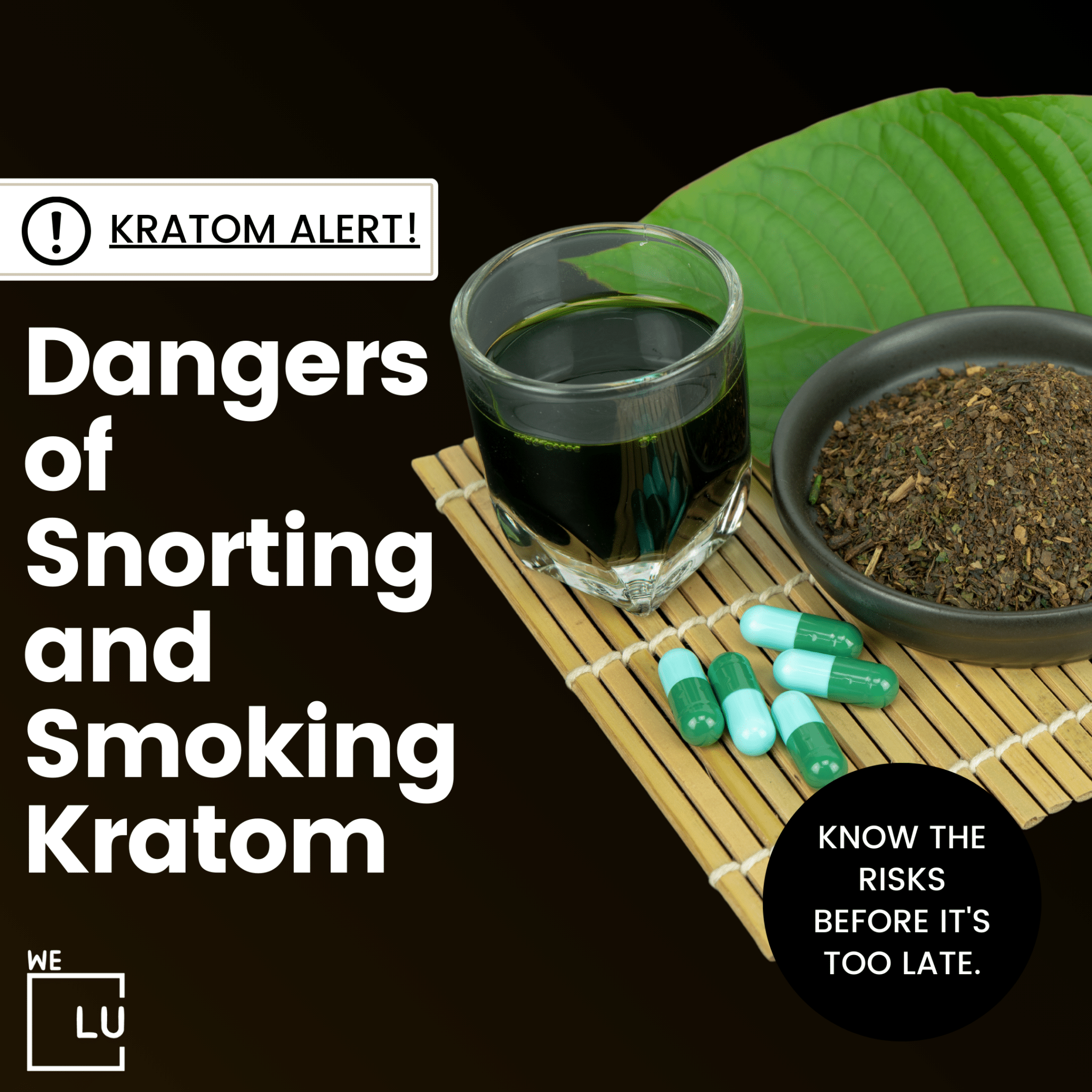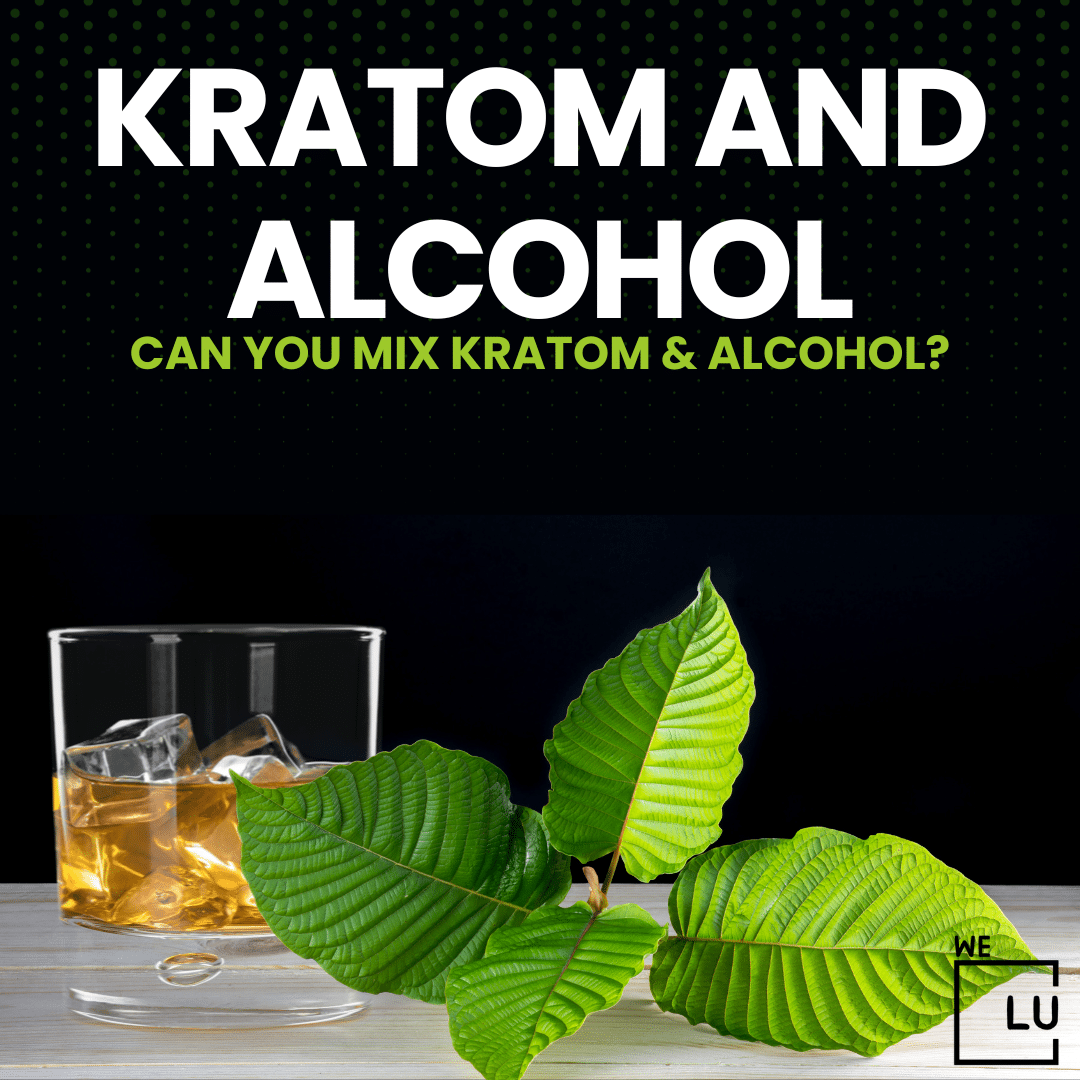Fentanyl, a potent synthetic opioid, has emerged as a formidable threat to public health, garnering attention for its alarming potency and the associated risks of overdose. Initially developed for medical use in managing severe pain, fentanyl’s potency surpasses that of morphine and heroin, making it highly effective but also significantly more dangerous. The illicit production and distribution of this drug have contributed to a surge in overdose fatalities, prompting widespread concern among health professionals, law enforcement agencies, and policymakers.
Read below to learn more about why is fentanyl so dangerous.
Why Is Fentanyl So Dangerous?
Fentanyl is considered dangerous for several reasons, primarily due to its potency, the risk of overdose, and its association with the ongoing opioid epidemic. Here are key factors contributing to the dangers of fentanyl:
- Potency: Fentanyl is a highly potent opioid, estimated to be 50 to 100 times more potent than morphine and about 50 times more potent than pharmaceutical-grade heroin. Its high potency means that even small amounts can have powerful effects on the central nervous system, leading to a higher risk of overdose.
- Overdose Risk: The narrow therapeutic window of fentanyl—meaning the difference between a therapeutic dose and a deadly dose—is one of the main reasons for its danger. Inadvertently using too much, whether due to miscalculation, contamination, or unknowingly consuming a drug laced with fentanyl, can quickly lead to overdose and respiratory depression.
- Illicit Production and Distribution: Much of the danger associated with fentanyl arises from its illicit production and distribution. Illegally manufactured fentanyl is often mixed with other drugs, such as heroin or cocaine, without the user’s knowledge. This increases the unpredictability of dosage, raising the likelihood of overdose, as users may not be aware of the presence or potency of fentanyl in the substances they are consuming.
- Rapid Onset of Effects: Fentanyl acts quickly in the body, leading to a rapid onset of effects. While this can be beneficial in a medical setting for pain management, it also means that users may not have enough time to react to an overdose, especially if they are unaware that they have consumed fentanyl.
- Respiratory Depression: Like other opioids, fentanyl can cause respiratory depression, a slowing or stopping of breathing. This is the primary cause of death in opioid overdoses. The potency of fentanyl increases the risk of severe respiratory depression, making it particularly dangerous.
- Difficulty in Reversal: While opioid overdoses can often be reversed with the administration of naloxone (Narcan), the potency of fentanyl may require higher doses or repeated administrations of naloxone. Individuals may sometimes require medical attention and respiratory support even after naloxone administration.
Understanding these factors will help develop strategies to address the dangers associated with fentanyl, including harm reduction initiatives, improved access to addiction treatment, and efforts to curb the illicit production and distribution of this potent opioid.
What Is Fentanyl?
Fentanyl is a synthetic opioid that belongs to the class of potent analgesics or pain-relieving medications. It was originally developed for medical purposes and is often used to manage severe pain, such as that experienced by cancer patients or individuals undergoing major surgeries. What distinguishes fentanyl from other opioids like morphine and oxycodone is its exceptional potency—estimated to be 50 to 100 times stronger than morphine and about 50 times more potent than pharmaceutical-grade heroin.
Due to its potency, fentanyl can be a valuable tool in medical settings when administered by healthcare professionals under controlled conditions. However, the illicit production and distribution of fentanyl have led to a significant public health crisis. Illicitly manufactured fentanyl is often mixed with other drugs, such as heroin or cocaine, without the user’s knowledge, increasing the risk of accidental overdose.
Fentanyl works by binding to opioid receptors in the brain and spinal cord, disrupting pain signals and producing a sense of euphoria. While its medical applications are well-established, the illicit use of fentanyl poses substantial risks, as even small amounts can lead to respiratory depression, overdose, and death. The clandestine nature of its production and distribution, combined with its potency, make fentanyl a particularly perilous substance in the context of the ongoing opioid epidemic.
What Is Fentanyl Used For?
Fentanyl is a potent synthetic opioid that is primarily used for managing severe pain, especially in situations where other pain-relieving medications may not be effective. Its medical applications include:
- Anesthesia: Fentanyl is commonly used in combination with other medications as part of anesthesia during surgical procedures. Its potent analgesic properties make it valuable for minimizing pain during and after surgery.
- Chronic Pain Management: Fentanyl is sometimes prescribed for individuals experiencing chronic pain, such as cancer patients or those with severe pain conditions. It is typically reserved for cases where other opioids or pain management strategies have proven insufficient.
- Breakthrough Pain: Fentanyl may be prescribed for breakthrough pain in patients who are already receiving opioid treatment for chronic pain. Breakthrough pain refers to sudden, intense episodes of pain that “break through” the regular pain control provided by other medications.
- Transdermal Patches: Fentanyl is available in the form of transdermal patches, which are applied to the skin. These patches slowly release the medication over an extended period, providing a continuous and controlled dose. Transdermal fentanyl patches are often used for chronic pain management, especially in cases where oral medications are not suitable.
The medical use of fentanyl is strictly regulated, and it is typically administered by healthcare professionals in controlled environments. The dosages and administration methods are carefully monitored to minimize the risk of overdose and other adverse effects. Despite its efficacy in medical settings, the illicit production and distribution of fentanyl have contributed to a significant public health crisis, leading to an increase in overdoses and fatalities.

Skip To:
Learn More:
- Fentanyl Drug Addiction Treatment, Effects & Overdose
- Fentanyl Overdose Symptoms, What Is Fentanyl? & Treatment
- Fentanyl Withdrawal, Timeline, Symptoms, Dangers, Medical Detox & Addiction
- How long does fentanyl stay in your system? Addiction, Drug Tests, Overdose & Treatment
- How Long Does Fentanyl Stay In Urine? Fentanyl Urine Testing and Half-life.

Get Your Life Back
Find Hope & Recovery. Get Safe Comfortable Detox, Addiction Rehab & Dual Diagnosis High-Quality Care.
Hotline (855) 695-1160How To Treat A Fentanyl Overdose?
A fentanyl overdose is a medical emergency that requires immediate attention. If you suspect someone is experiencing a fentanyl overdose, here are the steps to take:
- Call Emergency Services: Dial emergency services immediately. In the United States, this is 911. Provide as much information as possible, including the person’s symptoms, the possibility of fentanyl involvement, and your location.
- Administer Naloxone (Narcan): If naloxone (Narcan) is available, administer it immediately. Naloxone is an opioid receptor antagonist that can quickly reverse the effects of opioid overdose, including fentanyl. Naloxone is often available as a nasal spray or injectable. Follow the instructions on the packaging and administer the appropriate dose.
- Perform Rescue Breathing: If the person is not breathing or breathing very slowly, perform rescue breathing. Tilt their head back, lift the chin, and give one breath every 5-6 seconds. Continue until emergency medical help arrives.
- Stay with the Person: Keep the person awake and responsive. If they lose consciousness, continue rescue breathing and monitor their pulse until emergency medical personnel arrive.
- Do Not Leave the Person Alone: Stay with the person until emergency services arrive. If they regain consciousness, they may still be at risk of further complications, and professional medical evaluation is crucial.
Naloxone is not a substitute for professional medical care. Even if naloxone is administered and the person appears to recover, they should still seek immediate medical attention, as the effects of fentanyl can outlast the effects of naloxone.
Additionally, some regions have Good Samaritan laws that provide legal protection for individuals seeking help during an overdose. These laws encourage people to call for help without fear of legal repercussions. Familiarize yourself with the laws in your area.
Remember that prevention is crucial, and anyone who uses opioids, either prescribed or illicit, should be aware of the risks, be educated on overdose response, and have access to naloxone if possible.
Get Help. Get Better. Get Your Life Back.
Searching for an Accredited Drug and Alcohol Rehab Centers in Near You?
Even if you have failed previously and relapsed, or are in the middle of a difficult crisis, we stand ready to support you. Our trusted behavioral health specialists will not give up on you. When you feel ready or just want someone to speak to about therapy alternatives to change your life call us. Even if we cannot assist you, we will lead you to wherever you can get support. There is no obligation. Call our hotline today.
FREE Addiction Hotline – Call 24/7
How To Prevent An Overdose?
Preventing an overdose, particularly in the context of opioid use, involves a combination of awareness, education, and harm reduction strategies. Here are some steps to help prevent overdoses:
- Education: Understand the risks associated with the use of opioids, including fentanyl. Educate yourself and others about the signs of overdose and the importance of responsible drug use.
- Prescription Adherence: If prescribed opioid medications, follow the prescribed dosage and instructions carefully. Do not take more than prescribed or mixed medications without consulting a healthcare professional.
- Communication with Healthcare Providers: Inform your healthcare provider about any history of substance use disorders, mental health issues, or other medications you are taking. Open communication can help in making informed decisions about pain management.
- Naloxone Access: If you or someone you know is at risk of opioid overdose, consider having naloxone (Narcan) on hand. Naloxone is a medication that can reverse the effects of an opioid overdose and is available in many regions without a prescription.
- Avoid Mixing Substances: Avoid combining opioids with other substances, especially alcohol and benzodiazepines, as this can increase the risk of respiratory depression and overdose.
- Supervised Consumption: Whenever possible, use substances in the presence of others who are aware of the risks and can assist in an emergency.
- Regular Check-ins: If you are aware of someone using opioids, check in with them regularly and be alert to any signs of escalating use or potential problems. Encourage open communication about their well-being.
- Dispose of Unused Medications: Safely dispose of any unused opioid medications to prevent accidental ingestion or misuse by others. Many communities have medication take-back programs or guide safe disposal methods.
- Seek Help for Substance Use Disorders: If you or someone you know is struggling with substance use, seek professional help. Substance use disorder treatment programs and counseling services can provide support and assistance in overcoming addiction.
- Emergency Plans: Have an emergency plan in place. Make sure friends and family know what to do in case of an overdose, including the use of naloxone and calling emergency services immediately.
Comfortable Facilities & Amenities
High-Quality Addiction & Mental Health Rehabilitation Treatment
Rehab Centers TourRenowned California Addiction Center. Serene Private Facilities. Inpatient rehab programs vary.
Addiction Helpline (855) 695-1160Proven recovery success experience, backed by a Team w/ History of:
15+
Years of Unified Experience
100s
5-Star Reviews Across Our Centers
10K
Recovery Success Stories Across Our Network
- Low Patient to Therapist Ratio
- Onsite Medical Detox Center
- Comprehensive Dual-Diagnosis Treatment
- Complimentary Family & Alumni Programs
- Coaching, Recovery & Personal Development Events
What Are The Side Effects Of Fentanyl?
The effects of fentanyl are similar to those of other opioids, but due to its high potency, they can be more intense and have a faster onset. Common effects of fentanyl use include:
- Pain Relief: Fentanyl is primarily used for its potent analgesic (pain-relieving) properties. It is often prescribed for the management of severe pain, such as that associated with surgeries or certain medical conditions.
- Euphoria: Like other opioids, fentanyl can produce a sense of euphoria or intense well-being. This effect is one of the reasons opioids, including fentanyl, have a high potential for misuse.
- Drowsiness and Sedation: Fentanyl can cause drowsiness and sedation, leading to a state of relaxation and reduced alertness. This is one reason why Individuals using fentanyl as a prescribed medication should avoid activities requiring full attention, such as driving while under the influence.
- Respiratory Depression: One of the most significant and dangerous effects of fentanyl is respiratory depression. It slows down breathing, and in high doses or instances of overdose, it can lead to respiratory arrest, which is a life-threatening condition.
- Nausea and Vomiting: Opioids, including fentanyl, can cause nausea and vomiting, particularly when first used or when the dosage is increased.
- Constipation: Opioids are known for their constipating effects. Fentanyl can slow down the digestive system, leading to constipation.
- Confusion and Cognitive Impairment: High doses of fentanyl may cause confusion and cognitive impairment. Individuals may have difficulty concentrating or making decisions.
- Tolerance and Dependence: Prolonged use of fentanyl can lead to the development of tolerance, where higher doses are needed to achieve the same effects. It can also lead to physical dependence, where the body adapts to the presence of the drug and experiences withdrawal symptoms if the drug is abruptly discontinued.
- Overdose: Taking too much fentanyl, either accidentally or intentionally, can result in overdose. Symptoms of overdose include extreme drowsiness, confusion, difficulty breathing, and can progress to unconsciousness and death.
The effects of fentanyl can vary from person to person, and the risks are significantly heightened when the drug is used outside of medical supervision or when obtained illicitly. Misuse of fentanyl, especially in combination with other substances, poses a substantial risk of overdose and other severe health consequences.

Short Term Effects Of Fentanyl
The short-term effects of fentanyl, which typically occur shortly after its administration, include:
- Analgesia: Fentanyl provides rapid and potent pain relief, making it practical for managing acute and severe pain.
- Euphoria: Users may experience a sense of intense well-being and euphoria due to the drug’s impact on the brain’s reward system.
- Drowsiness and Sedation: Fentanyl induces a state of drowsiness and sedation, leading to reduced alertness and increased relaxation.
- Nausea and Vomiting: Some individuals may experience nausea and vomiting as a side effect of fentanyl use, especially during the initial stages of administration.
- Respiratory Depression: A notable short-term effect is respiratory depression, where breathing becomes slow and shallow. This is a critical concern, as severe respiratory depression can lead to life-threatening complications.
- Confusion and Cognitive Impairment: High doses of fentanyl may cause confusion and cognitive impairment, affecting concentration and decision-making abilities.
- Itchiness: Opioids, including fentanyl, can cause itchiness or pruritus as a side effect.
- Constipation: Like other opioids, fentanyl can slow down the digestive system, resulting in constipation.
Long Term Effects Of Fentanyl
The long-term use of fentanyl, particularly when misused or used outside of medical supervision, can lead to various physical and psychological effects, including some adverse effects of fentanyl.
- Tolerance: With prolonged use, the body can develop tolerance to fentanyl, requiring higher doses to achieve the same pain-relieving effects. Tolerance increases the risk of escalating doses, potentially leading to overdose.
- Physical Dependence: Long-term use of fentanyl can result in physical dependence, where the body adapts to the presence of the drug. Abruptly stopping or reducing the dosage can lead to withdrawal symptoms, such as flu-like symptoms, anxiety, restlessness, and insomnia.
- Addiction: Prolonged misuse of fentanyl can lead to the development of opioid use disorder or addiction. Individuals may experience cravings and loss of control over drug use despite negative consequences.
- Cognitive Impairment: Chronic fentanyl use has been associated with cognitive impairment, affecting memory, attention, and decision-making abilities.
- Hormonal Imbalances: Opioids can disrupt the endocrine system, leading to hormonal imbalances. This can impact reproductive hormones and the body’s ability to regulate stress.
- Gastrointestinal Issues: Opioid use, including fentanyl, is associated with gastrointestinal problems such as constipation, which can become chronic with long-term use.
- Weakened Immune Function: Prolonged opioid use may weaken the immune system, making individuals more susceptible to infections.
- Cardiovascular Effects: Opioids can have cardiovascular effects, including changes in blood pressure and heart rate, which may contribute to long-term cardiovascular problems.
- Social and Behavioral Consequences: Chronic opioid use can have profound social and behavioral consequences, including strained relationships, difficulties at work or school, and legal issues.
- Increased Risk of Overdose: Long-term use increases the risk of developing a tolerance, which may lead individuals to take higher doses. This heightened tolerance raises the risk of accidental overdose, mainly if the drug is obtained from illicit sources.
World-class, Accredited, 5-Star Reviewed, Effective Addiction & Mental Health Programs. Complete Behavioral Health Inpatient Rehab, Detox plus Co-occuring Disorders Therapy.
CALL (855) 695-1160End the Addiction Pain. End the Emotional Rollercoaster. Get Your Life Back. Start Drug, Alcohol & Dual Diagnosis Mental Health Treatment Now. Get Free No-obligation Guidance by Substance Abuse Specialists Who Understand Addiction & Mental Health Recovery & Know How to Help.
Is Fentanyl Addictive?
Yes, fentanyl is highly addictive. Like other opioids, fentanyl has the potential to lead to the development of physical dependence and opioid use disorder (OUD). Opioid use disorder is a clinical diagnosis characterized by a problematic pattern of opioid use leading to significant impairment or distress.
The addictive nature of fentanyl, one of the many adverse effects of fentanyl, is primarily attributed to its impact on the brain’s reward system. When fentanyl binds to opioid receptors in the brain, it triggers the release of dopamine, a neurotransmitter associated with pleasure and reward. The repeated activation of this reward pathway reinforces the desire to continue using the drug, contributing to the development of addiction.
Factors contributing to the addictive potential of fentanyl include:
- High Potency: Fentanyl is significantly more potent than other opioids, making it more likely to lead to rapid development of tolerance and dependence.
- Quick Onset and Short Duration: Fentanyl’s rapid onset of action and relatively short duration can contribute to a cycle of repeated use as individuals seek to maintain the pleasurable effects.
- Pain Relief: For individuals prescribed fentanyl for pain management, the relief it provides can lead to a psychological dependence on the drug.
- Withdrawal Symptoms: Abruptly stopping or reducing the use of fentanyl can lead to withdrawal symptoms, reinforcing the need for continued use to avoid discomfort.
- Illicit Use: The illegal production and distribution of fentanyl, often mixed with other substances, increases the risk of unintentional misuse and addiction.
Individuals using fentanyl, whether medically prescribed or obtained illicitly, should be aware of the risks of addiction. Healthcare professionals should closely monitor medical use, and individuals prescribed fentanyl should follow their healthcare provider’s instructions carefully. If someone is struggling with fentanyl addiction, seeking professional help through addiction treatment programs, counseling, and support groups is essential for recovery.
Experience Transformative Recovery at the We Level Up California Treatment Center.
See our authentic success stories. Get inspired. Get the help you deserve.



Start a New Life
Begin with a free call to an addiction & behavioral health treatment advisor. Learn more about our dual-diagnosis programs. The We Level Up treatment center network delivers recovery programs that vary by each treatment facility. Call to learn more.
- Personalized Care
- Caring Accountable Staff
- World-class Amenities
- Licensed & Accredited
- Renowned w/ 100s 5-Star Reviews
We’ll Call You
Joey’s Opiates Alcohol Drugs Addiction Recovery Story After Death of His Son at 26 From Fentanyl OD
Search Why Is Fentanyl So Dangerous, Drug & Alcohol Rehab / Detox & Mental Health Topics & Resources
Sources
- Fentanyl DrugFacts – National Institute on Drug Abuse Related Article: Adverse Effects Of Fentanyl, Dangers of Fentanyl, How Dangerous is Fentanyl, Is Fentanyl Dangerous, Fentanyl Dangers
- Fentanyl – U.S. Drug Enforcement Administration (DEA) (dea.gov)
- U.S. Drug Enforcement Administration. (2017). Drugs of Abuse: A DEA Resource Guide.
- Substance Abuse and Mental Health Services Administration. (2019). Key Substance Use and Mental Health Indicators in the United States: Results from the 2018 National Survey on Drug Use and Health.
- National Institute on Drug Abuse. (2016). Fentanyl.
- Drug Enforcement Administration. (2017). Drugs of Abuse. Related Article: Adverse Effects Of Fentanyl, Dangers of Fentanyl, How Dangerous is Fentanyl, Is Fentanyl Dangerous, Fentanyl Dangers
- Department of Health and Human Services (HHS) – Opioid Crisis: https://www.hhs.gov/opioids/
- NIDA. “Fentanyl DrugFacts.” National Institute on Drug Abuse, 1 Jun. 2021, https://nida.nih.gov/publications/drugfacts/fentanyl Related Article: Adverse Effects Of Fentanyl, Dangers of Fentanyl, How Dangerous is Fentanyl, Is Fentanyl Dangerous, Fentanyl Dangers




